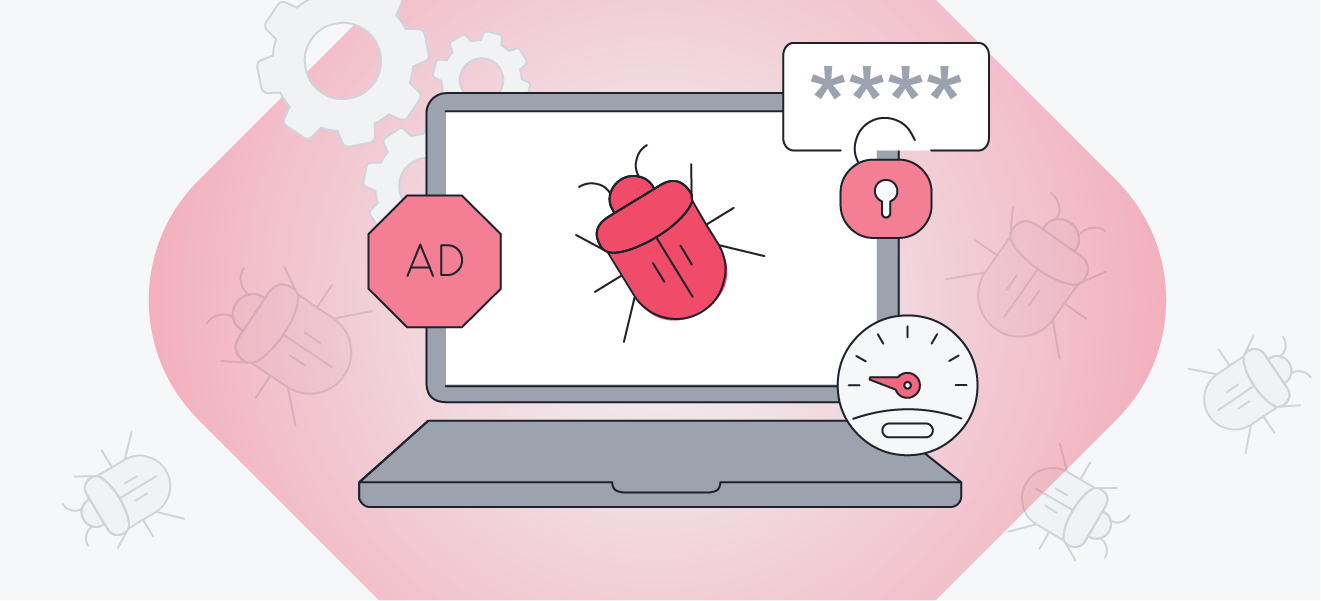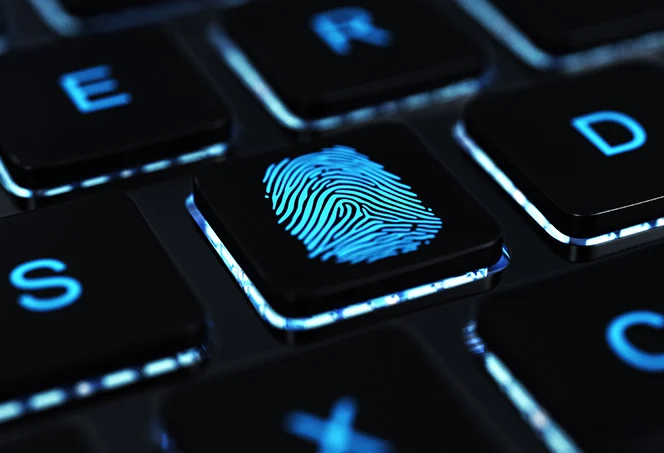
Becoming more aware of malware is crucial for safeguarding your devices, personal information, and digital assets. By understanding how malware works, recognizing its signs, and adopting proactive habits, you can significantly reduce the risk of infection. Here are some effective ways to become more aware of malware and protect yourself:
1. Learn About Common Types of Malware
- Viruses: Attach themselves to legitimate files and spread when the files are shared.
- Trojan Horses: Disguise as legitimate software, tricking users into installing them.
- Ransomware: Encrypts your data and demands payment for access.
- Spyware: Monitors your activity and collects personal information without your consent.
- Adware: Automatically displays or downloads unwanted ads.
- Worms: Self-replicate without needing to attach to a host file, spreading through networks.
Understanding these types can help you identify and avoid suspicious activities and files.
2. Stay Informed About Threats
- Security Blogs and Websites: Follow reputable cybersecurity blogs and websites like Krebs on Security, Dark Reading, and Naked Security. These sites provide regular updates on new threats.
- Tech News: Follow tech news platforms like Wired, TechCrunch, or The Verge to stay updated on cyber risks and data breaches.
- Cybersecurity Newsletters: Subscribe to newsletters from organizations like SANS Institute or ESET to receive regular updates about recent malware trends.
3. Use Reputable Antivirus and Anti-Malware Software
- Install reputable antivirus and anti-malware software such as Norton, Bitdefender, Kaspersky, or Malwarebytes.
- Ensure the software is always updated with the latest virus definitions to provide the best protection.
- Schedule regular system scans to detect and remove threats early.
4. Be Cautious with Emails and Links
- Avoid Suspicious Attachments: Don’t open email attachments from unknown senders or unexpected emails, as they might contain malware.
- Watch for Phishing: Be wary of links in emails that seem suspicious or come from untrusted sources. Always double-check the sender’s email address.
- Hover Before You Click: Hover over links to see the actual URL before clicking to ensure it leads to a legitimate website.
5. Use Strong Passwords and Multi-Factor Authentication (MFA)
- Unique Passwords: Use different passwords for different accounts. This prevents malware from accessing multiple accounts if one is compromised.
- Password Managers: Use a password manager to create and store strong, unique passwords securely.
- Multi-Factor Authentication (MFA): Enable MFA wherever possible to add an extra layer of protection in case malware attempts to steal your credentials.
6. Avoid Untrusted Software and Websites
- Download from Trusted Sources: Only download software from reputable sources, such as official websites or verified app stores.
- Read Reviews: Check reviews and ratings before downloading software, especially if it’s new or unknown.
- Avoid Pirated Software: Pirated or cracked software is a common source of malware. Stick to legitimate versions to reduce risks.
7. Keep Your System and Software Updated
- Operating System Updates: Enable automatic updates for your operating system to stay protected against known vulnerabilities.
- Software Updates: Keep all applications, especially your browser, plugins, and antivirus, updated to the latest version.
- Patch Management: Regularly check for patches or security updates for less frequently used software.
8. Educate Yourself on Common Tactics
- Social Engineering: Understand that malware often spreads through manipulation, tricking people into providing personal information or downloading infected files.
- Malvertising: Be aware of ads that appear on legitimate sites but contain hidden malware. Use an ad blocker to reduce exposure.
- USB and External Devices: Avoid plugging in unknown USB drives or external devices, as these can be used to spread malware.
9. Regular Backups
- Backup Important Data: Use an external drive or cloud service to back up important files regularly. In case of a ransomware attack, you can recover your data without paying.
- Test Backups: Ensure your backups are not connected to your network at all times, as connected drives may also be targeted by ransomware.
10. Recognize Symptoms of Infection
- Slower Performance: Sudden slowdowns, crashes, or freezing could indicate a malware infection.
- Unusual Pop-Ups: Unexpected ads or pop-ups are a sign of adware or another malware type.
- Unauthorized Changes: New programs, icons, or changes to browser settings that you didn’t make could indicate malware.
- High Network Activity: Monitor unusual network activity, which might suggest your system is communicating with a command-and-control server controlled by malware.
11. Understand Network Security
- Firewall: Enable a firewall on your computer to block unauthorized access.
- Secure Wi-Fi: Use strong passwords for your Wi-Fi network, and ensure encryption is enabled (e.g., WPA3).
- VPN: Use a VPN when using public Wi-Fi to protect your data from being intercepted.
12. Limit Administrative Privileges
- User Accounts: Avoid using an account with administrative privileges for everyday use. This limits malware’s ability to install itself or make critical changes to your system.
- Least Privilege Principle: Only grant the permissions needed to run specific software or perform certain actions, reducing the risk of malware gaining full control.
13. Practice Safe Browsing
- Check URLs: Always verify website URLs before entering personal information. Look for the “https://” prefix and a padlock icon in the address bar.
- Disable Auto-Download: Turn off automatic downloads in your browser to avoid downloading infected files accidentally.
- Use Browser Extensions: Extensions like NoScript or uBlock Origin can block potentially malicious scripts from running.
14. Learn from Real-World Attacks
- Case Studies: Study real-world malware attacks (e.g., WannaCry, NotPetya) to understand how malware spreads and how to prevent similar incidents.
- Incident Analysis: Learning from past incidents helps identify vulnerabilities and prevention methods that may apply to your system.
15. Train Yourself and Others
- Awareness Training: Take online courses or training programs in cybersecurity awareness.
- Share Knowledge: If you work in an organization, conduct regular cybersecurity awareness training to help everyone recognize malware risks and follow best practices.
By following these practices, you can significantly reduce your exposure to malware and become more aware of the threats posed by malicious software. Regular learning and vigilance are key to staying one step ahead of cybercriminals.







